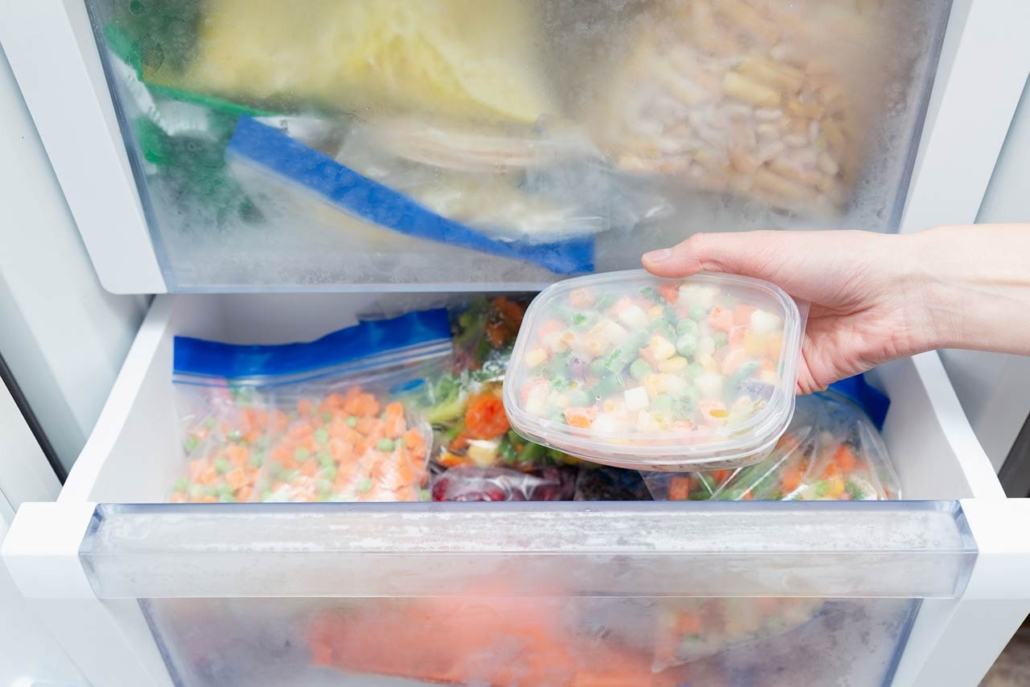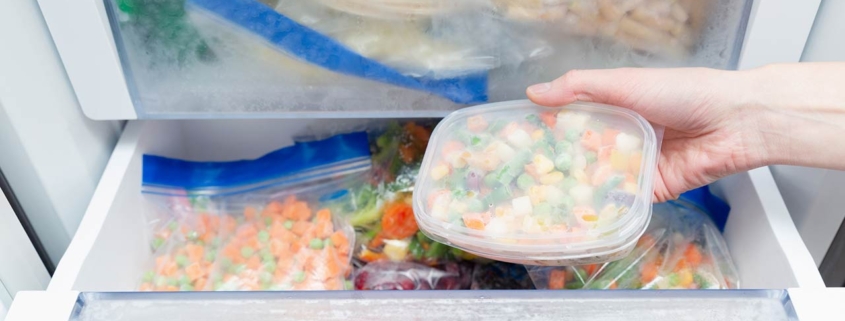Chicago Home and Lifestyles – Freezer mistakes we are all guilty of

Many people think putting something in the freezer assures freshness forever. This is sadly not the case. You are not saving money buying bulk packages if the food becomes freezer burned or inedible after too long in the freezer. Here are some mistakes to avoid.
Frozen food’s freshness first depends on how it is prepared and packaged. If you are really into buying in bulk or making meals ahead of time and freezing, it’s best to invest in a good vacuum sealer. They eliminate most of the oxygen and open spaces that cause freezer burn. If you don’t have one the three-layer approach works too. First wrap in plastic, then tightly in foil, squeezing as much air out as possible. Then stash it in a heavy-duty freezer bag.
The freezer needs to be as cold as possible. Frozen food suffers when the temperature fluctuates too much. This can be a problem more often in freezers attached to refrigerators rather than stand alone deep freezers. Freezers should be set at 0 degrees. A fluctuation of a degree or two is ok but not more than that. Avoid opening the freezer frequently, especially in the summer.
Always label and date all your freezer items. You may think you will remember and be able to identify everything but it’s not that easy. Dates also are extremely important. Always use the FIFO principle: first in first out. Rotate constantly and twice yearly go through everything in the freezer checking for freezer burn and items that may have slipped through the cracks. Foods also do not last indefinitely in the freezer. Some items need to be used in three months or even less. Check out the National Center for Food Preservation. There you will find all you need to know about safe freezer preparation and storage. That is also an excellent resource for all kinds of food preparation from canning to simply storing.
How you freeze initially is also important. Cool hot items to room temperature, then refrigerate before packaging and freezing. Putting hot food in the freezer can cause unsafe temperatures and can damage other frozen foods. Also freeze individual items separately before storing. It’s not nice to freeze individual meatballs or cookie dough balls only to open the bag and find a large solid brick! Place on cookie sheets, cover it with plastic and freeze. When frozen, double bag in heavy duty freezer bags.
Lastly, a few more tips. Your freezer works best when not too full or too empty. Air needs to circulate around the food, but you don’t want large empty spaces. That never seems to be my problem! But too full is not efficient and can be unsafe as some items may not be staying at proper temperature. Also be sure to properly defrost. Always use the refrigerator to safely thaw food. If necessary, you can defrost in the microwave. Defrost in 1-minute intervals rotating till thawed. You can also immerse in cold water in a freezer bag, changing the water every 30 minutes till thawed. Freezers have a good airtight seal. If you have a prolonged power outage do not open the freezer. The food inside will be safe for at least 2 days. If food is still solid it is safe but don’t refreeze anything that’s thawed.
Kathleen Weaver-Zech and Dean’s Team Chicago



